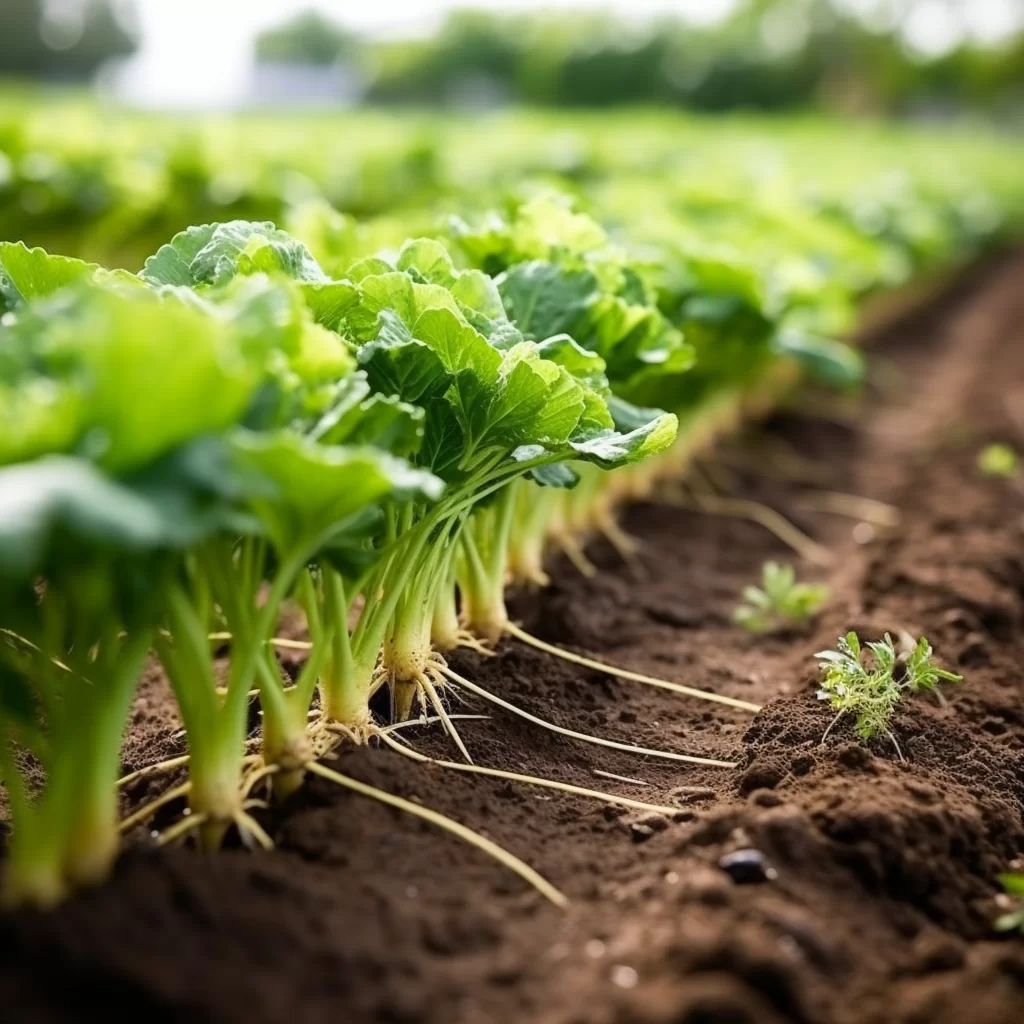Story of Day :
Contents
The Daikon Plant: A Complete Guide and Care Tips
Gardening enthusiasts would agree that growing daikon plant is a rewarding experience.
This Japanese radish is not only delicious but also easy to cultivate in most climatic conditions.
If you are new to gardening or just learning about the daikon plant, this guide will provide you with comprehensive information on how to grow, care for, and harvest this incredible vegetable.
What is a Daikon Plant?
The daikon plant (Raphanus sativus) is a type of winter radish commonly grown in Asia.
It belongs to the Brassicaceae family and has been cultivated for centuries due to its culinary and medicinal properties.
How to Grow Daikon Plants
Growing daikon plants requires some basic knowledge of gardening techniques, such as soil preparation, watering schedule, and pest control.
Soil Preparation
- The ideal soil pH for growing daikons is between 6.0-7.5.
- Loosen the soil by digging up at least 10 inches deep before planting your seeds or seedlings.
- Add organic matter such as compost or well-rotted manure into your garden bed before planting as it helps retain moisture while providing nutrients needed for healthy growth.

Planting
- You can start planting your seeds directly into your garden bed after all chance of frost has passed in spring.
- You can also start them indoors four weeks before last frost if you have a shorter growing season.
Care & Maintenance
- Ensure that the plants get enough water throughout their lifecycle but be careful not to overwater them as it can lead to root rot.
- Daikon plants also require regular weeding and pest control measures like any other vegetable garden.
When to Harvest Daikon Plants
The time for harvesting daikons depends on the variety you are growing.
Generally, they take between 50-70 days from planting until maturity. To check if your daikons are ready for harvest, look out for the following signs:
- Larger-than-average roots that protrude above the soil surface
- The green foliage has wilted and died back.
Tips for Cooking with Daikon Plants
Once you’ve harvested your daikon roots, there is no limit to how you can prepare them in your kitchen.
You may use them fresh or cooked in various dishes such as soups, salads, stews or stir-fries.
They have a refreshing radish flavor that compliments most meals.

Conclusion
In conclusion, the daikon plant is an easy-to-grow vegetable that requires minimal maintenance and provides incredible nutritional benefits.
To ensure successful cultivation of this plant, follow our guide’s tips on soil preparation, planting care & maintenance schedule and harvesting practices.
With these guidelines in mind, you should be able to enjoy a bountiful harvest of deliciously crispy and flavorful radishes all year round!